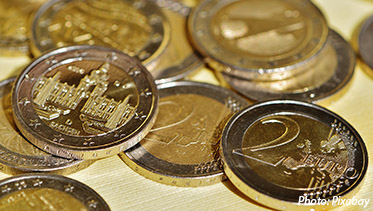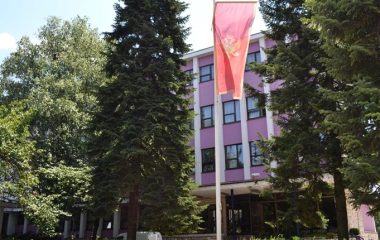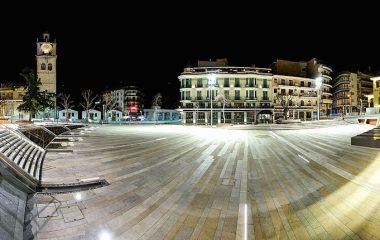
Since 2007, when stimulation of renewable energy production started in Croatia, until the end of 2015, HRK 3.07 billion (EUR 410 million) has been paid to preferential producers. Last year alone, the budget was over EUR 133 million and, as the number of power plants rises and the amount of bought electricity increases, by the end of the year citizens will need to start paying 0.67 euro cents instead of 0.47 euro cents per kWh like until now, experts predict, according to Energetika.net.
Last year wind power plants with 428 MW of total installed capacity generated 800 GWh of electricity. Volatility of their electricity generation is a big problem for good management, so HRO Cigré, Croatian branch of organization Conseil International des Grands Réseaux Électriques, or International Council on Large Electric Systems, organized a round table about the effect of renewable energy integration in the electrical system.
Energy expert Marijan Kalea said wind power plants annually work 2,200 hours, with production below 1% of total installed capacity for 667 hours. Croatia is not the only case, as it is similar in Germany, which is windier. Biomass and biogas power plants work 5,164 hours, while photovoltaic plants in Croatia generate electricity for solid 1,328 hours a year. For comparison, in Spain photovoltaic plants operate 1,900 and in Germany 900 hours a year. But photovoltaic plants have a problem with consumption peak because it is not at the same time as the production peak. In Germany, the peak of consumption coincides with the peak of generation which is favourable for the electrical system.
Without backup capacity, it is not possible to develop renewables, Kalea said. All countries in European Union have 100% of backup capacity to cover renewable energy generation. Spain has 150%, Germany 130%, while Croatia has only 40% to 50%, he added.








